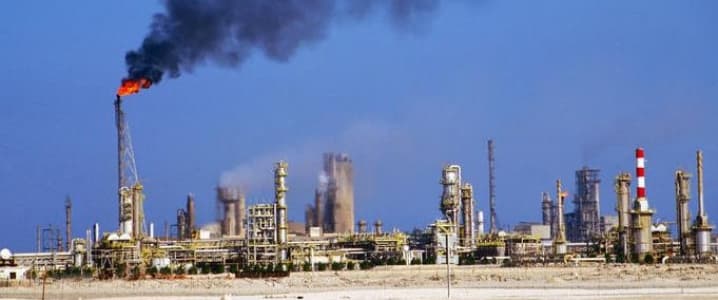OPEC’s eagerly awaited production cut agreement may have just gotten even harder to reach as OPEC members meeting in Doha are now asking Iran to freeze its output at 3.92 million barrels per day, according to an anonymous source who spoke to Reuters. This is the average daily output of Iran for October.
The amount is also lower than the 4-million-bpd Iran itself had insisted on as the minimum at which it would consider joining the freeze. At the end of October, Iran estimated its output at 3.8 million bpd and the WSJ at the time quoted an Iranian official as saying the country wanted to return its daily average to pre-sanction levels of 4.2 million bpd before contemplating freezing production.
According to Reuters, this pushing of Iran to agree to a lower cap indicates that most OPEC members are in agreement on how much the Islamic republic should pump in order to contribute to the international market rebalancing efforts.
What remains uncertain, however, is how Iran will respond to this proposal. The fact that Bijan Zanganeh, Iran’s Oil Minister, is one of three top officials that decided to skip the Doha meeting, does not bode well for the agreement. Nigeria’s and Iraq’s oil ministers are also not present at the talks.
The signals that Tehran has been sending seem to be clear: the country’s top priority is reviving its energy industry after years of sanctions and its willingness to contribute to a production curb is very conditional.
Last weekend, President Hassan Rouhani officially launched commercial production at three fields along Iran’s border with Iraq, effectively adding 220,000 bpd to its output. Plans are to ramp this additional output by1 million bpd.
Even if Iran agrees to this level of production, it means Saudi Arabia will be cutting most of the production if the deal goes through—something Saudi Arabia was previously adamant that it would not do. Related: Why The Permian Just Got Even Hotter
Meanwhile, Iran has an axe to grind with Saudi Arabia for more than one reason, and the Saudis apparently continued to pump at record-high levels last month, which is probably not inspiring the Iranians to agree to stop at 3.92 million bpd.
If the deal does fall through, Saudi Arabia can point the finger at Iran, and Iran can point the finger at Saudi Arabia, the cartel’s biggest producer by a mile.
The final chapter of OPEC’s first concerted market-rebalancing effort for the last eight years is scheduled for November 30.
ADVERTISEMENT
By Irina Slav for Oilprice.com
More Top Reads From Oilprice.com:
- Saudi Arabia Issues Warning To Trump: Don’t Stop Saudi Oil Imports
- Saudis Announce OPEC Output Ceiling: 32.5 Million Bpd
- Trump Could Send A Shockwave Through Natural Gas Markets


















